An addiction to drama: the truth about Megxit
Underlying the Sussexes split was the grating problem of money, according to a disgustingly entertaining new account.
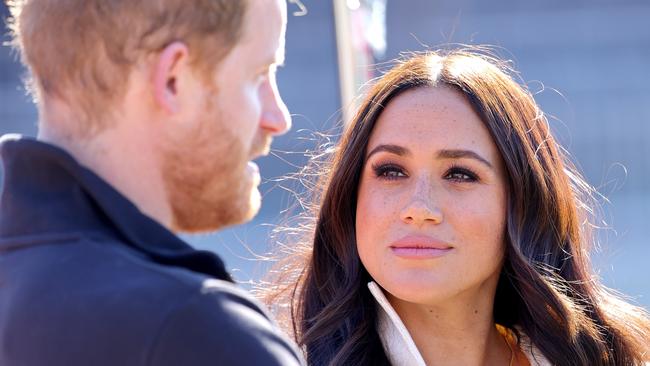
Underlying the Harry and Meghan split from the House of Windsor, according to a well-sourced and exhaustively researched new book, was the grating problem of money. Meghan discovered she was as dependent as a teenager is to the Bank of Mum and Dad. The couple wanted paid jobs and as early as 2018 Meghan was talking to Netflix. But the palace said no.
The actual trigger for the hardest of Megxits, though, after the couple had decamped to Vancouver Island, was when the Queen removed a picture of the Sussexes from her desk for her 2019 Christmas broadcast. “That one,” she said to the director preparing to film her. “I don’t suppose we need that one.” It was a flourish worthy of Stalin.
Tina Brown has produced a whopping 500-plus pages on the past 25 years of popular royal history. The Palace Papers picks up where her bestseller The Diana Chronicles ended and takes us through the careful restoration of Charles and Camilla’s reputations, the emergence of the impeccably safe William and Kate, the fall of Andrew, and finally the detonation of the royal narrative yet again by Harry and Meghan. Sadly, its publication just predates Harry’s latest marmalade-dropper about checking that his grandmother has “the right people around to protect her”. Shame.
The extremely well-connected Brown is a former editor of Tatler, Vanity Fair and The New Yorker. For this book she interviewed 120 sources, many intimately involved with senior royals, and her transatlantic perspective gives insight into the clash of Californian ambition with a thousand-year-old British institution.
Meghan Markle had beauty and drive, but as an actress struggled to land anything until Suits, an obscure cable TV show. One of the show’s producers told Brown she was cast because she intrigued them. “She was an interesting human that you just wanted to know more about . . . A kind of twinkle and ambition that you just somehow knew or believed she would succeed.”
But it was her only notable role. For all her relentless hard work and self- promotion - the director described her as “playing three dimensional chess with you” - after seven years’ filming, she remained number seven on the call sheet. The show was ending, she wasn’t making it on to big-time talk shows, however much she pestered, and no other acting jobs were offered.
Brown describes a woman “famished for prestige, frantic for validation”, who pursued an upward trajectory at all costs, curating her life and airbrushing her past. She dreamt of turning her website The Tig into Gwyneth Paltrow’s Goop; she hustled a minor speech for the UN. But as she headed into her late thirties few people other than Suits fans had heard of her. That’s when she went career-fishing in London and wangled a chance meeting with Harry through Violet von Westenholz, a PR director and daughter of one of Charles’s best friends.
Harry, lost, rudderless and angry, wasn’t getting on as well as it seemed with his brother or father. He was aggravated by the power wielded by Camilla, even in his early thirties still complaining to friends that she had commandeered his old bedroom at Highgrove for a dressing room. He missed the army, his sense of entitlement was out of control and he was full of “ever-boiling paranoia” about the press.
Enter Meghan, who was unlike anyone else he had met - an actress, a humanitarian, a woman focused and in control of her life. “It was as if Harry was in a trance,” a friend said. Very rapidly, theirs became a pact: us against the world. When the romance was revealed, she went from being a TV actress desperate for recognition to a besieged celebrity. Her dreams had come true.
When Harry issued a statement attacking her racist treatment by the press, it got even better. Meghan made the quantum leap to being a “global avatar” for diversity and style, a wronged woman. “She devoured her new identity ravenously,” Brown says. The pair were drunk on “the shared fantasy of being instruments of global transformation”. One aide described their confrontational stance as a “mutual addiction to drama”.
William, meanwhile, worried about his brother’s mental fragility; he knew it was happening too fast. In a delicious detail - I’d always wondered about this - Brown reveals that Meghan had scarcely met her wedding guest Oprah Winfrey, if at all. George and Amal Clooney didn’t know her either. They were friends to recruit.
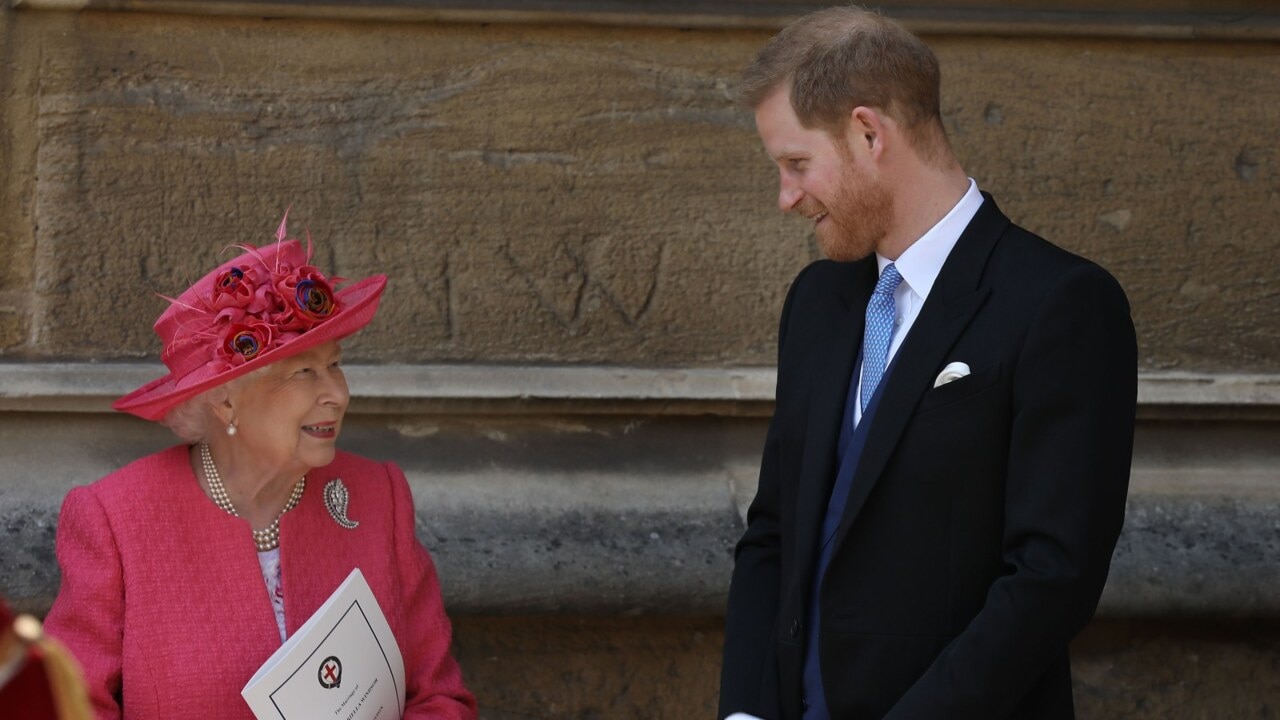
For Meghan the limitations of being married to the sixth heir, with a lifetime’s dull service stretching ahead, swiftly became obvious. Her Californian earnestness left her at sea with the dry, satirical British sense of humour. On a charity visit she wrote “you are loved” and “you are brave” on bananas destined for sex workers’ lunches - cue much eye-rolling and sniggering. The couple’s sense of persecution grew.
Earlier in the book Brown revisits ground that feels like ancient history, but there are gems in there. One such is the pivotal scene in the movie The Queen, in which Helen Mirren as the monarch, alone in the Balmoral heather after Diana’s death, encounters a noble stag. The Queen’s troubled expression turns to joy and wonder; the epiphany gives her strength. As a soppy viewing public went “aww”, back in Buckingham Palace Her Maj’s courtiers were corpsing with mirth. “The Queen would have shot it,” one told Brown.
Brown does irreverent well. She’s like Camilla Long’s big sister (both are ex- Tatler) with the same knowing bitchiness and precision snobbery. Brown knows that the crumbs that fall from royal bird tables are intrinsically funny. Among the treats I collected are that in 2008 Prince Philip gave his Savile Row tailor a 51-year-old pair of trousers to be altered; the aesthete Charles thinks the gardens at Buckingham Palace look like a municipal roundabout; William’s room at Eton had a poster of a Rastafarian flying through the clouds with a spliff in his mouth; and the Queen was so fond of opening bridges and tunnels that she would dig in her private secretaries’ decline pile for invitations.
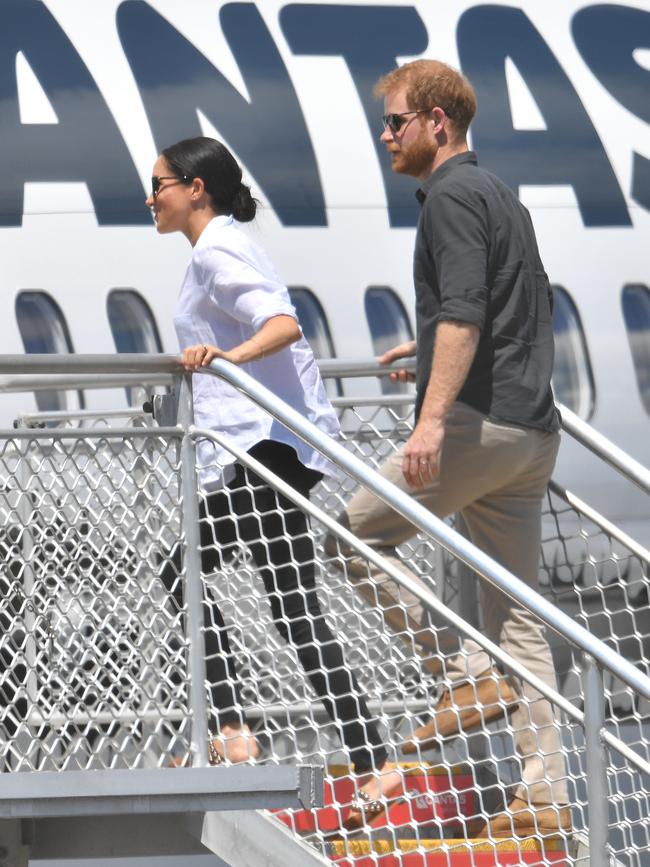
After Margaret burnt her foot in 1999, apparently the Queen viewed her wheelchair as an almost theatrical indulgence. On mother-daughter visits to Buckingham Palace, a duel took place: Margaret would make a beeline for the chair readied by the footman. “For God’s sake, Margaret - get out! That’s meant for Mummy,” the Queen remarked.
There’s also a great pen portrait of the high-rolling, arch-traditionalist Queen Mother, who died in 2002. She was an"old mischief maker” who upset the Queen by encouraging Charles’s personal extravagance. Even in her waning years the QM could be dominant and burdensome on the Queen, questioning her decisions, always trumping her with her natural charisma.
The writing is, er, colourful. At one point Charles and Camilla “hauled ass”, another chapter begins with the screamer: “Until he lost his hair, Prince William was probably the biggest heart-throb to be heir since the pre-obese Henry VIII.”
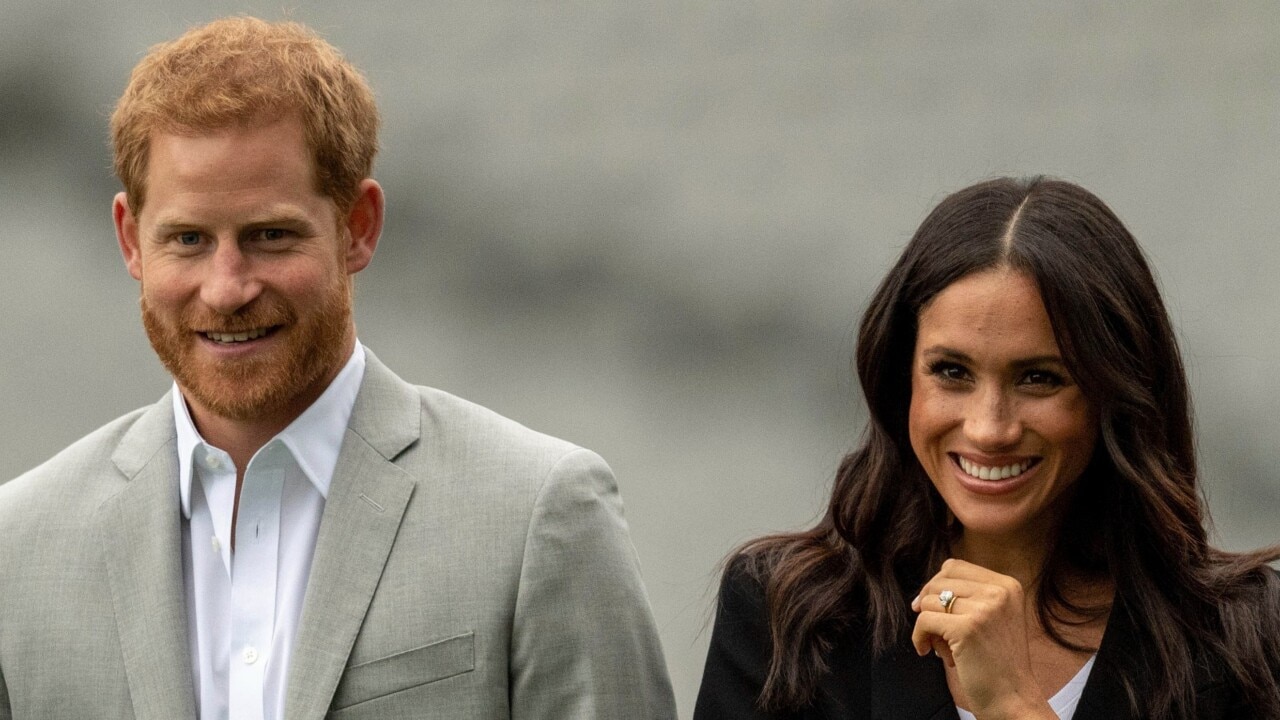
There’s an ode to Jilly Cooper in a description of Camilla out hunting. “She always looked whip-crackingly equestrian in thigh-hugging jodhpurs, crisp white stock and taut black snood.”
For the most part it’s an unashamed romp. Brown enjoys being subtly bitchy about Camilla and Kate Middleton, portraying them as endlessly patient, scheming women, determined to play the long game to catch their princes. Kate, Brown suggests, is straight out of an Anthony Trollope novel, with her sensible striving for social advancement. She waited and waited until William realised she provided the drama-free family life and emotional safe space he needed.
But Brown does serious too. She acknowledges the racism inherent in traditional royal attitudes. A chapter on the excesses of the media and their destructive part in royal life, from phone hacking to the BBC’s Panorama, makes acutely uncomfortable reading for any journalist. She also shows real compassion for Harry and his fragility.
The Palace Papers is clever, well- informed and disgustingly entertaining. At the end, Brown identifies national foreboding - the grave question of how the buffeted House of Windsor can maintain its mystical stature after the Queen. An antiquated version of monarchy must pass into history, she says. Has she the energy, I foresee the King Charles Papers in a few years’ time.
The Palace Papers: Inside the House of Windsor - the Truth and the Turmoil, by Tina Brown (Century, 572pp)

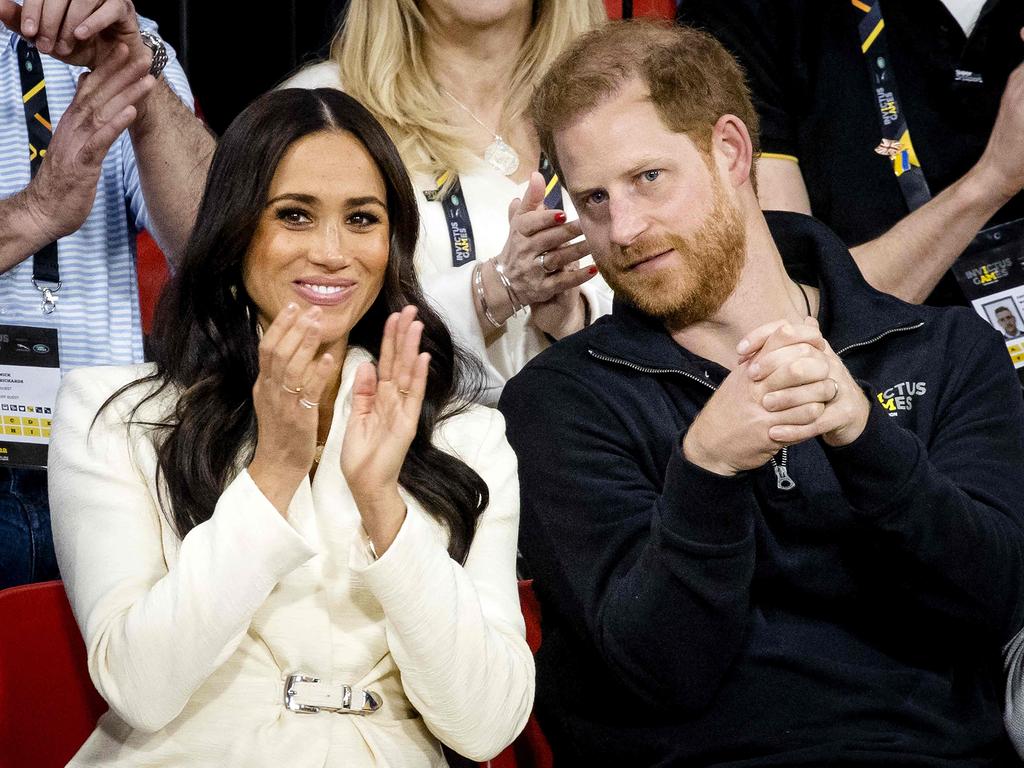

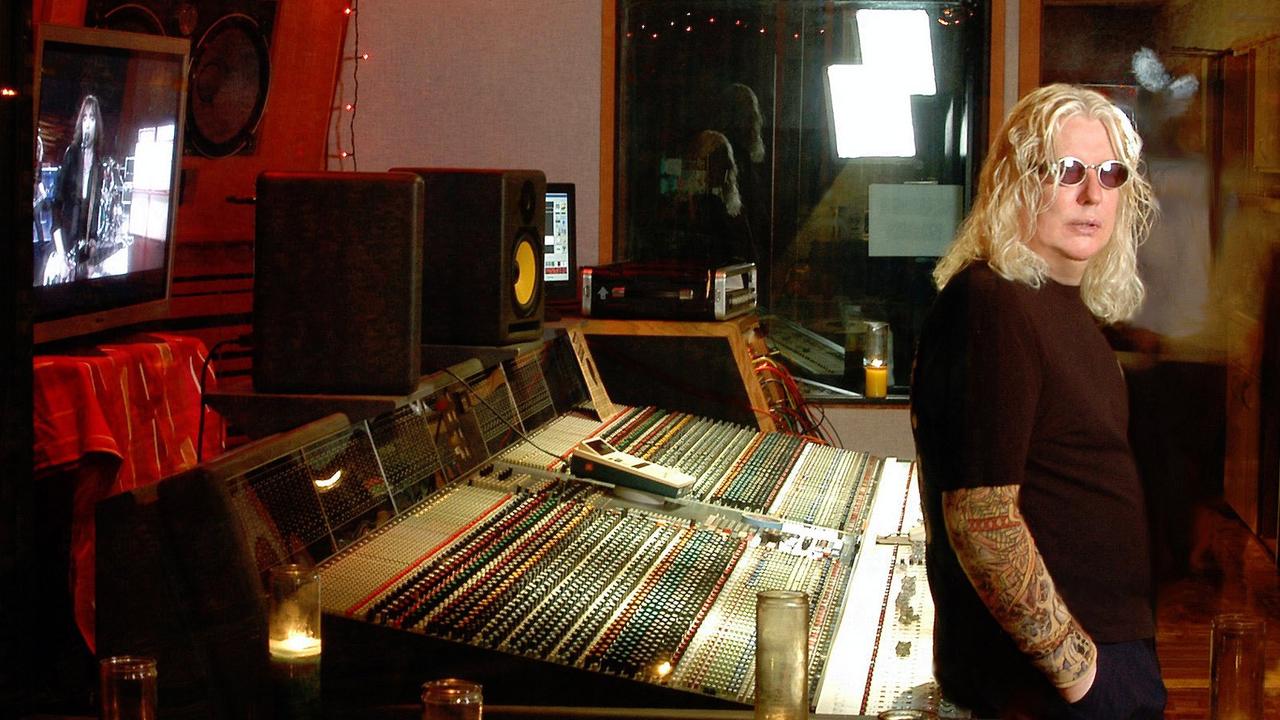
To join the conversation, please log in. Don't have an account? Register
Join the conversation, you are commenting as Logout